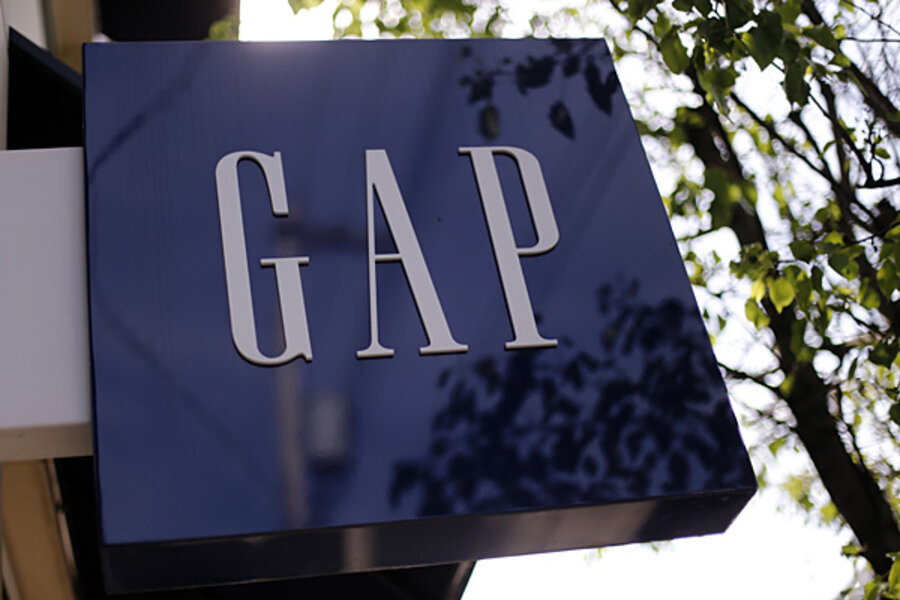Gap is opening stores in India. Is the retailer bouncing back?
Loading...
Amid falling sales in the US, Gap, Inc. is setting its sights for its flagship brand overseas. On Thursday, the clothing retailer announced it would be opening 40 Gap stores in India as part of an impressive overall second quarter earnings report.
The San Francisco-based company will partner with Arvind Ltd., one of India’s largest textile companies, to open 40 Gap stores starting in May 2015. The first stores will open in Mumbai and Delhi, two major metropolitan cities.
“India is an emerging, vibrant market and an important next step in our global expansion strategy,” Steve Sunnucks, global president of Gap, said in a statement. “Gap is loved around the world for our American casual style and enduring value and quality, and we are so pleased to bring our brand and products to life for customers in India.”
Though India has experienced tough economic times in recent years, the country’s middle class, 100 million strong, are beginning to spend more. The retailer has set its sights on that group, as well as the more than 500 million people under the age of 25 who live in India. The Indian apparel market is valued at $40 billion and could grow to $60 billion by 2020, Sanjay Lalbhai, chairman and managing director of Arvind, said during a press conference in Mumbai Friday.
"The apparel market is likely to witness a major wave of growth and we are well poised to benefit from it," Mr. Lalbhai said. "We'll see that the best locations at the best malls will be made available to us."
The news came on the same day that Gap released a strong second quarter earnings report. The company’s net profit rose to $332 million, and net revenue increased 3 percent to $3.98 billion.
“Building on last year’s strong performance, we are pleased to have grown our sales three percent and delivered solid improvement in earnings per share,” Glenn Murphy, chairman and chief executive officer of Gap Inc., said in a statement. “We remain focused on our strategic initiatives, as we turn our focus toward delivering a strong second half.”
Old Navy was the big winner among Gap-owned retail chains, increasing sales 4 percent from last year. Old Navy currently has 20 stores in Japan and plans to add another 20 stores by the end of the year. Still, the flagship chain of the company continues to underperform: Sales at Gap were down 5 percent, and sales at the more high-end Banana Republic were flat.
In 2011 that Gap announced it would close 21 percent of its stores in the US. Facing a big decline in sales, Gap said at the time that it was trying to reduce its overall square footage in the US and open more stores abroad. The move seems to be working. For the past five quarters, Gap has been able to perform slightly above expectations each quarter. Gap currently has 3,100 stores in 90 countries.
Gap (GPS) stock was up 4.64 percent by midmorning Friday.








